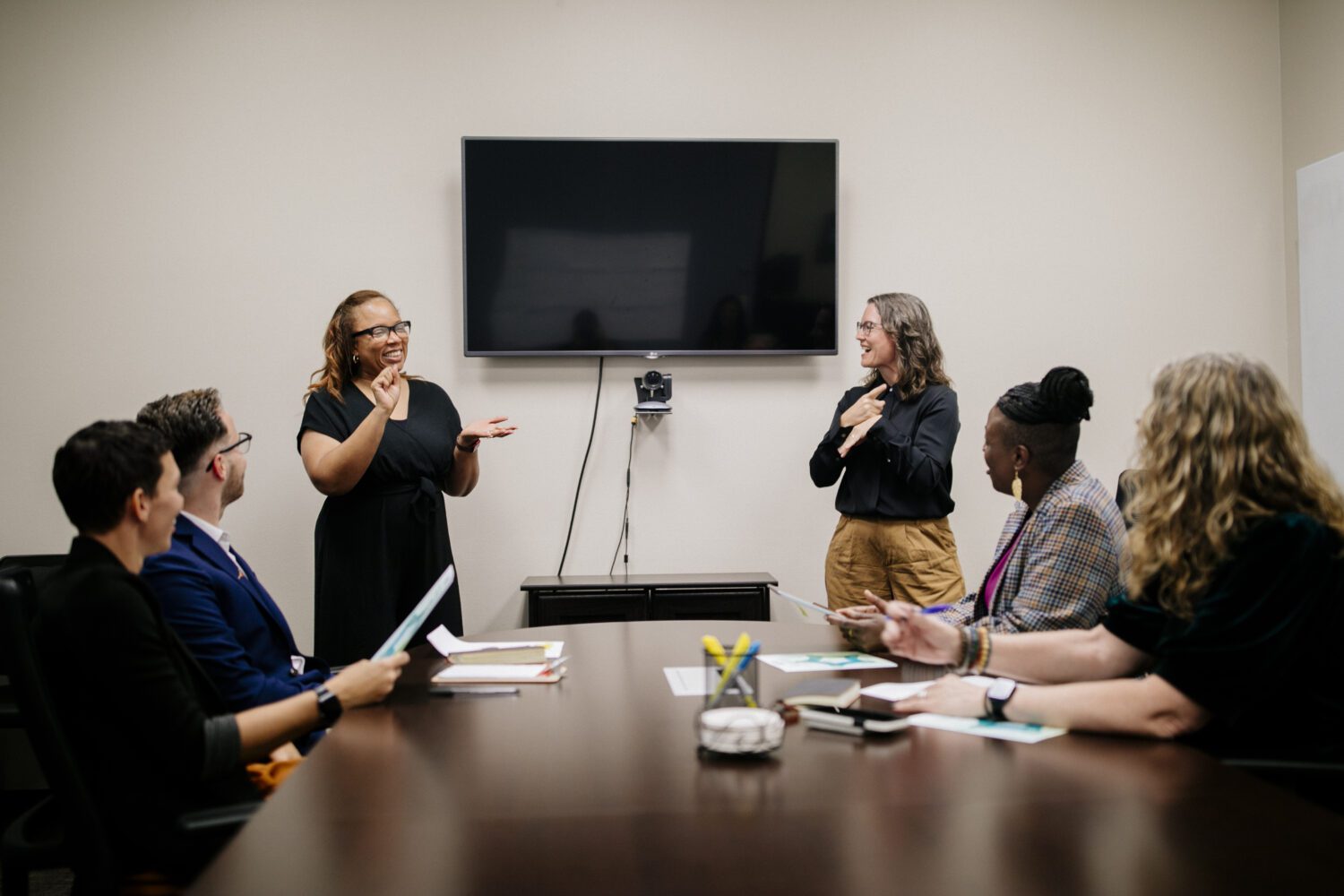Rural areas boast beautiful open spaces and close-knit communities, but they also come with big challenges, especially for deaf people. A new report from NDC—“Rural Deaf Experiences: Employment and Educational Attainment Data”—shows that deaf people in rural areas face more obstacles than those in cities. They have fewer available job and school opportunities, and they often don’t have access to important services like interpreters or reliable internet connections, which are key for both communication and learning. This report is based on data from the 2018–2022 American Community Survey. NDC studied information from 12,181 deaf people, ages 16 to 24, who shared their experiences with education and employment.
Rural Education in Crisis
A 2024 report from The Washington Post found that many rural colleges are cutting important programs. This is happening because fewer students are enrolling, schools are facing financial struggles in the post-COVID-19 landscape, and changes in local populations are making it harder for colleges to stay open. Because of this, they struggle to offer a wide range of programs, hire enough staff, keep up their buildings and infrastructure, and provide the services students need to succeed.
For rural students, building a career can also be especially challenging due to fewer opportunities for internships or job training, which makes it harder to gain skills and experience. Without these opportunities, students may struggle to compete for jobs. Additionally, research has shown that rural communities have higher rates of nearly every disability type (Erickson, et al., 2018). Job opportunities for people with disabilities in these areas are much lower than in cities, and for deaf people with additional disabilities, finding work may be even harder.
Challenges Facing Rural Deaf Students
More deaf people live in rural areas compared to hearing people—more than 21% of deaf Americans live in rural areas, compared to 14.1% of hearing people. This creates additional challenges and barriers for deaf people in educational settings and while finding jobs.
Imagine a small town where every fifth person is deaf, yet the resources to support them are scarce. This higher prevalence demands more specialized services, yet these services are often lacking or nonexistent. Closures, program reductions, and funding limitations mean fewer chances to pursue various fields of study or access specialized support services—interpreters, captioning services, and assistive technology are often underfunded or unavailable.
Internet Connectivity Issues
A major challenge for rural deaf people is a lack of reliable internet access. Nearly twice as many deaf people in rural areas don’t have access to the internet compared to those in cities—13.8% vs. 7.6%. This makes it hard to use online education, connect with interpreters, or access important resources. It’s like having a phone with no signal—communication becomes nearly impossible, leaving many deaf people isolated.
Employment Outcomes
These barriers in education also affect jobs. Fewer deaf people in rural areas have jobs—only 49.4%, compared to 54.3% of deaf people in cities. And when compared to hearing people, the gap is even bigger—67.7% of hearing people in rural areas have jobs, compared to 71.8% of deaf people in cities. Education also plays a role: only 13% of rural deaf people have a bachelor’s degree or higher, compared to 22.5% of deaf people in cities.
Interpreter Shortages & Certification Challenges
Rural areas also don’t have enough certified interpreters, which creates additional barriers for deaf students. It’s like a drought on a farm, stifling growth and potential. Without interpreters, deaf students can’t get the full educational experience they deserve. Between 2010 and 2021, the national number of interpreters certified by the Registry of Interpreters of the Deaf (RID) in the U.S. grew by 13.7%. But in many rural states, the number stayed the same or even dropped. One exception is Nevada, where a 56% increase happened thanks to teamwork between schools, government agencies, and programs like the Improving Rural Interpreter Skills Project at the University of Northern Colorado (Decker & Hardesty, 2024). These kinds of efforts show that when communities work together, they can help solve interpreter shortages.
Moving Toward a Brighter Future
By learning about these challenges, we can find ways to improve access for deaf people in rural areas. It takes teamwork from disability services professionals, educators, vocational rehabilitation professionals, and the community as a whole to make sure that every deaf person has the chance to succeed. For more on this topic, read the full report! And, as always, NDC is here to help in any way that we can. For individual support, free and confidential one-on-one consultations, or other inquiries, contact our Help Team at help@nationaldeafcenter.org.









